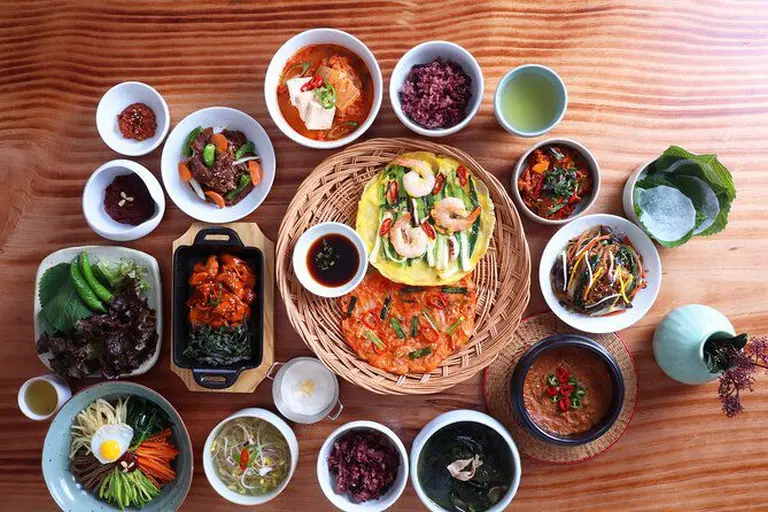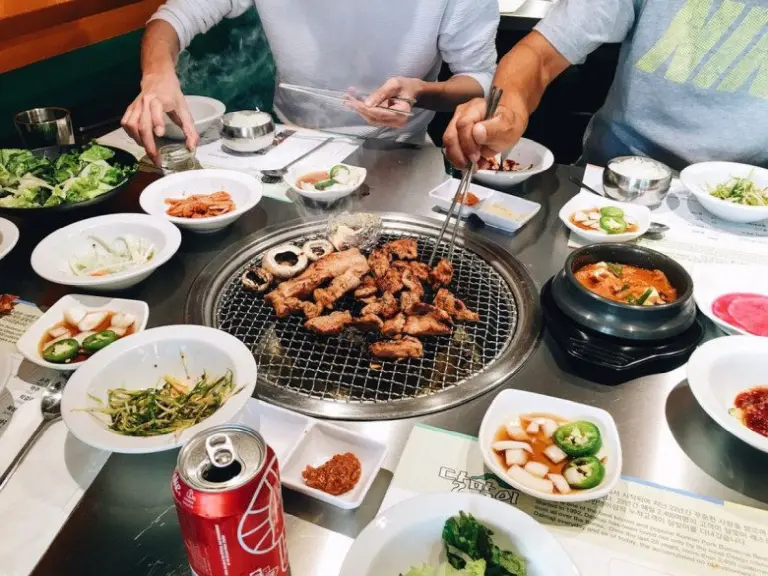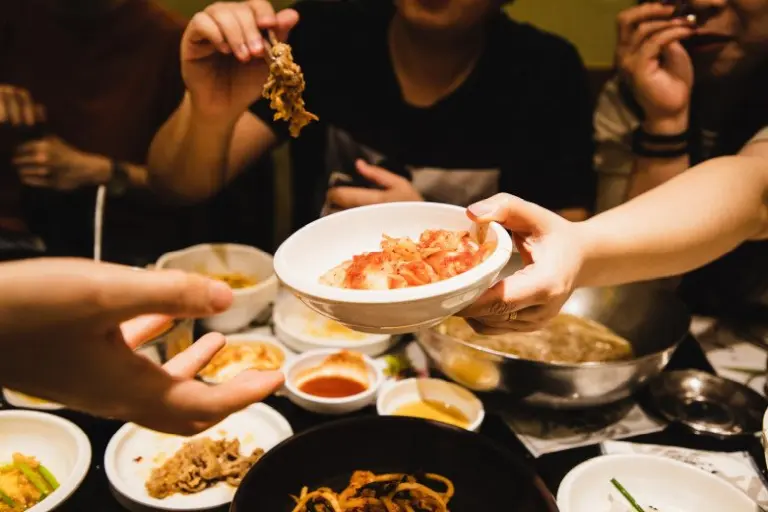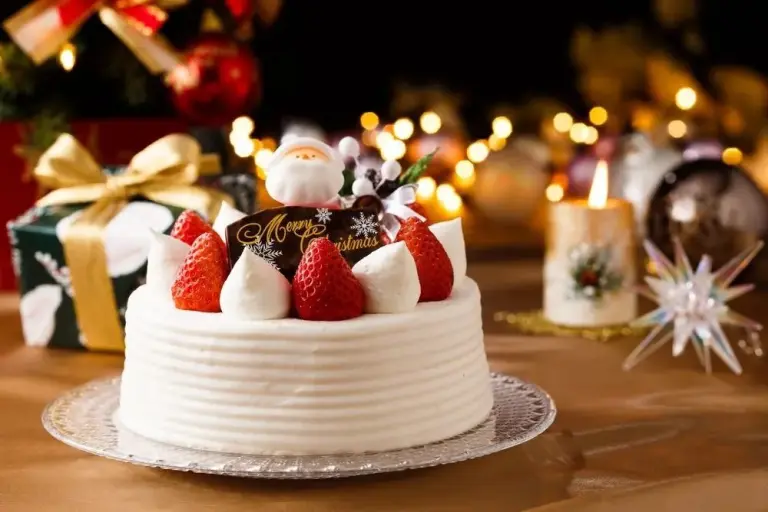When sitting down for a meal in South Korea, following proper table manners isn’t just about being polite—it’s a deeply rooted cultural expectation. Whether you’re dining out or enjoying a home-cooked meal with locals, knowing how to behave at the table is essential to showing respect for Korean traditions.
If you’re planning a trip to South Korea, chances are you’ll spend your days exploring Seoul’s bustling streets, shopping in trendy districts, admiring the scenery, and indulging in the incredible cuisine. But before diving into those delicious dishes, it’s important to understand how meals are shared and enjoyed in Korean culture.
Why Table Manners Matter in Korea
Koreans view dining as a communal activity that reflects harmony, respect, and social order. Behaving improperly during meals can leave a negative impression, especially if you’re invited into someone’s home. Knowing Korean dining etiquette shows that you not only appreciate the food—but also honor the values behind it.

Here’s what you need to keep in mind before joining a Korean meal.
>> Must-try Korean dishes: Iconic flavors you shouldn’t miss
1. Hierarchy Determines Seating
In Korea, social hierarchy plays a significant role at the dining table. During group meals, where you sit depends on your age and status. Typically, the oldest or most senior person takes the seat farthest from the door, while younger or lower-ranking individuals sit closer to the entrance.
This isn’t just limited to family meals. Even in business or social gatherings, seating arrangements reflect each person’s rank within the group. So if you’re the youngest or a guest, wait for others to take their places before choosing yours.
2. The Eldest Eats First
Once everyone is seated, don’t start eating right away. One of the golden rules of Korean dining is to wait until the eldest person takes the first bite. This custom explains why Koreans often ask your age early on—it helps them gauge how to interact with you respectfully, especially during meals.
Starting to eat before your elders is considered impolite and may come off as disrespectful.
3. Match Your Eating Pace
Korean etiquette encourages maintaining a similar eating speed to others at the table. If you find yourself nearly finished while others are just halfway through, slow down. Eating too quickly might suggest you’re in a rush to leave or not enjoying the meal.
Conversely, if you’re barely touching your food while everyone else is finishing, it could give the impression that you don’t like the dishes. Strive to stay in sync with the group.

4. Only Finish When the Elders Do
Just as you wait for elders to begin the meal, you should also wait for them to finish before getting up or clearing your plate. Try to finish your food around the same time—or slightly after—the oldest person at the table.
Also, make an effort to eat everything served to you. Leaving food behind, especially at a home-cooked meal, might be interpreted as wasteful or ungrateful.
>> Try Korea’s must-eat street snack – Hotteok, the sweet pancake that wins every heart
5. Sharing Is Caring
Instead of ordering individual portions, it’s common in Korea to share multiple dishes placed in the center of the table. Everyone eats from the shared plates using their own chopsticks or spoons.
Don’t hesitate to offer a taste of your dish to others and be gracious if someone offers you theirs. This mutual sharing builds connection and is a key part of Korean mealtime culture.
6. What to Say at the Table
Polite expressions matter just as much as behavior during a Korean meal. Saying the right things at the right time can enhance your cultural experience and show sincere appreciation.
Before Eating: Express Anticipation
Before taking your first bite, say “잘 먹겠습니다” (jal meok get seum nida), which translates to “I will eat well”. It’s a courteous way of thanking the host or chef and expressing your eagerness to enjoy the meal.
After Eating: Show Gratitude
Once the meal is over, say “잘 먹었습니다” (jal meo geo sseum nida), meaning “I ate well” or “Thank you for the meal”. This simple phrase goes a long way in conveying appreciation and good manners.

>> Korean table manners: How to use chopsticks and spoons properly – Or risk being seen as rude
Conclusion
Understanding and respecting Korean dining etiquette is more than just following rules—it’s a way to connect with the culture on a deeper level. Whether you’re a guest in someone’s home or enjoying a meal out with friends, showing proper table manners will leave a lasting positive impression.
So next time you’re in Korea, remember: wait your turn, eat with the group, share your food, and don’t forget to say thank you. It’s these thoughtful gestures that truly elevate your dining experience in the Land of Morning Calm.






